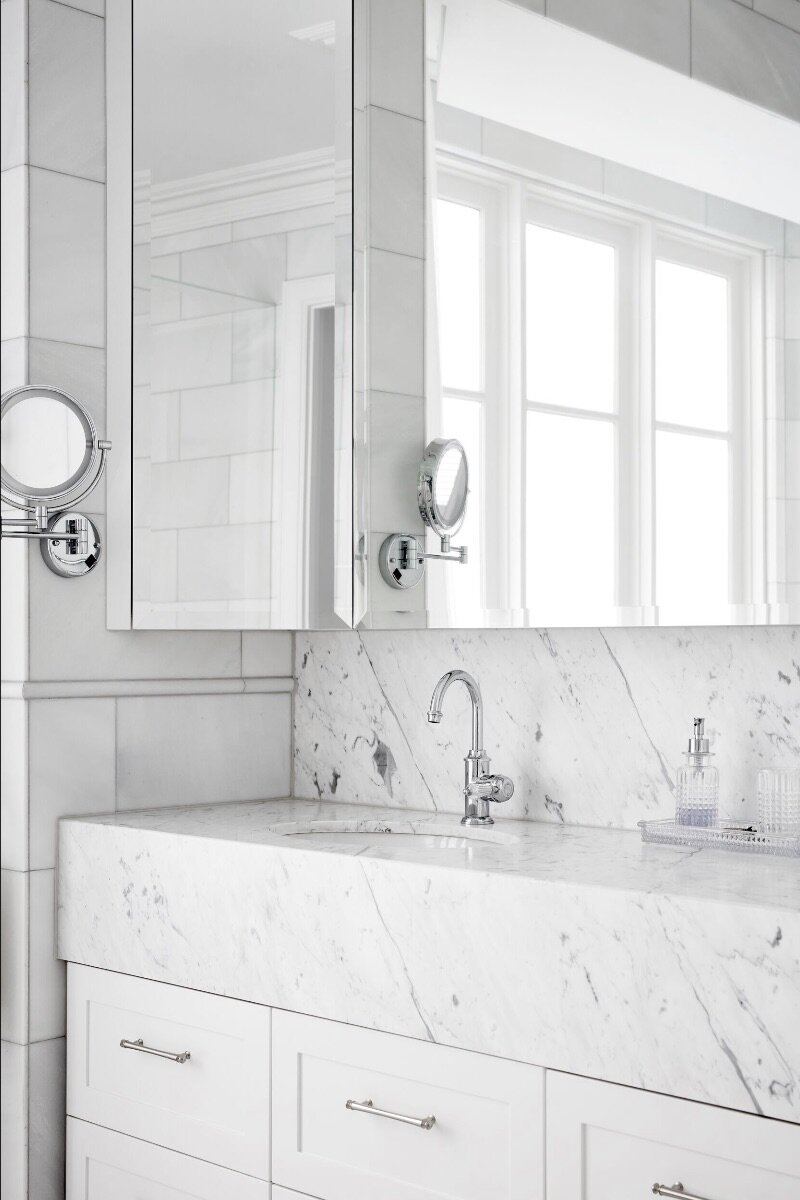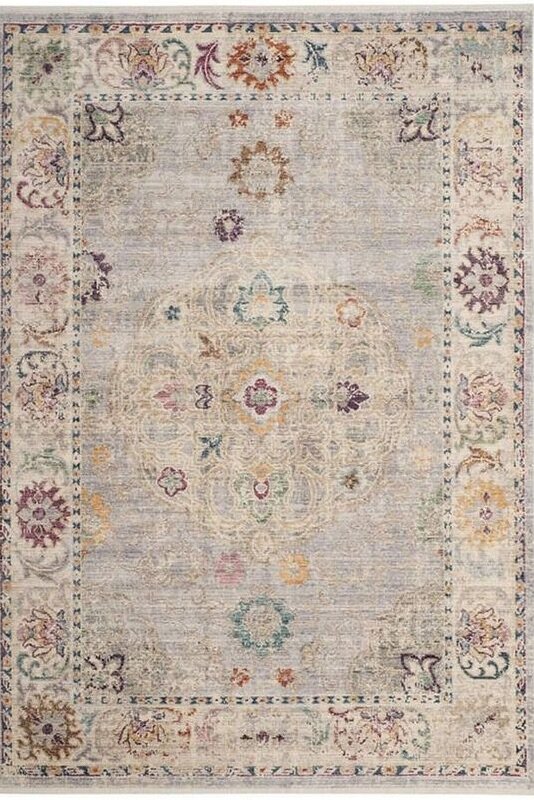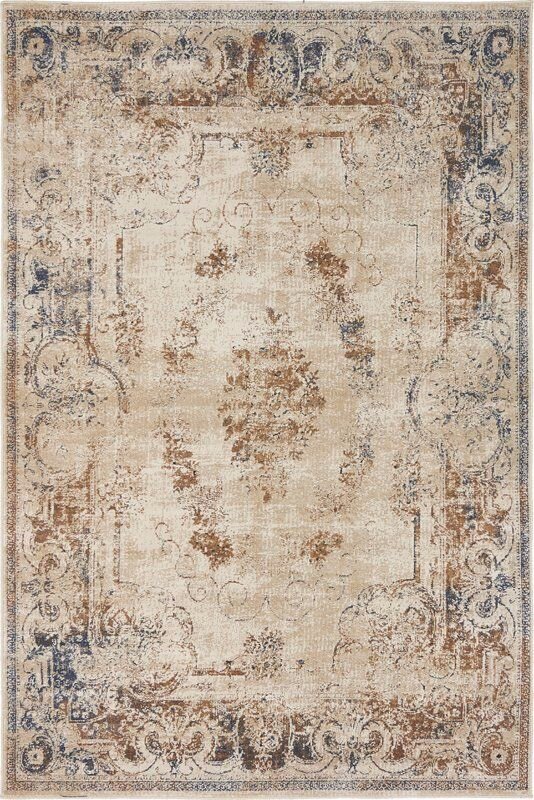Beginning to build
There’s a strong temptation to dive straight into home remodelling projects. The sooner you start, the sooner you’ll be done, right? Unfortunately, it doesn’t work that way if you haven’t done some essential planning upfront.
Here are six crucial steps to help you plan for a successful home renovation, and the reasons they're so important for any project.
1. Choose a design professional.
To create a plan and detailed scope of work, most homeowners hire either an architect or interior designer, and sometimes both. Architects may take on a wide range of work, or work only on floor plans and permits, and leave the details of the electrical plan, baths and kitchen to another designer. Selecting a design professional usually starts with an in-person meeting. This is your opportunity to understand the services that each firm offers and make sure they match up with what you are expecting. It’s also critical that you have a budget for your project in mind that you communicate clearly to the firm you hire, so the design can align with what you are planning to invest.
2. Create a plan.
The plans are called working drawings; they usually involve a rough layout of the floor plan and some simple views of the exterior of the home if there is an addition. It takes time for the design professional to work these out, and then usually another week or two for the homeowners to consider them and make decisions. If the project is larger or the homeowners want additional changes made to the schematics, this initial design phase can take several months.
3. Interview contractors
Contractors are typically brought into the process once a final working drawing has been selected. Usually, there is at least a general idea of how the home will look from the outside, a dimensioned floor plan and some preliminary material selections. Contractors are usually asked to estimate from the working drawings as part of the interview process. It may take a couple of weeks to set up the interviews and generally at least two to three weeks after interviews to receive the estimates. After that, you may want to call references, visit job sites or do additional research before making a decision about the contractor you will hire.
4. Go shopping while others are engineering.
Love to shop or hate to shop? This may determine whether you enlist a designer to help with your material selections. Even those who like to shop may be overwhelmed by all the options and want professional input. Do not underestimate the number of things that need to be selected, from doorknobs and windows to countertops and light fixtures. To really keep a handle on your project cost, it’s best to select every last thing ahead of construction. This will allow your contractor to tell you the prices for what you’d like and properly schedule material purchases based on lead times.
5. Get your permits.
Depending on the scope of your project and where it’s located, permitting can take a day, months or even years. You should have some idea ahead of filing for permits about the length of the process, which will allow you to identify a likely start date for your project. Permit fees can range from a few hundred dollars to thousands of dollars, depending on where you live and how big your project is.
6. Ready, set ...
With the plan submitted for permits and material selections made, your contractor will be able to finish up pricing and write up a contract for construction. If the selected materials cost more than the budget allows, there may be a round of “value engineering,” which means changing scope of work or materials to reduce cost. By the time the contract is signed, your contractor will have identified the longer-lead items (like cabinets, windows, doors, tile and sometimes plumbing or electrical fixtures) and may even have them on order ahead of the start of construction, depending on the timing of your project.
By the time all of these steps are complete, it may be four to six months or even more since you started talking with design professionals.
The planning process can be lengthy, but each step you take will put you closer to starting your project with a clear vision of what’s to come. That investment of time on the front end means your entire construction team — design professional, contractor and you — can start the project on the same page with a clearly articulated plan. That makes it much easier to say, “Go!” without any hesitation.
For further information and advice on planning a project of your own, feel free to contact me directly.








































